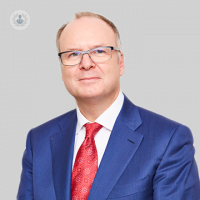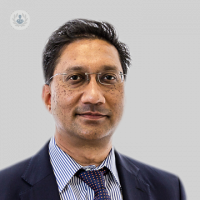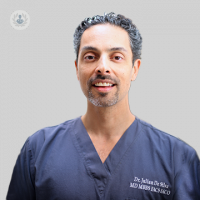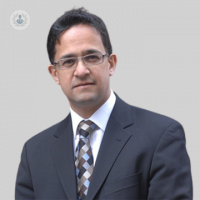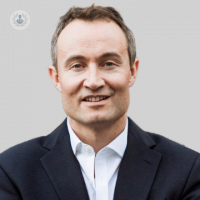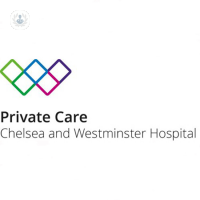What is blepharoplasty?
Blepharoplasty, or dark circles surgery, is a plastic surgery operation aimed at correcting eyelid defects and deformities, or to aesthetically modify the region around the eyes. It often involves the removal of excess skin, muscle, and fat that accumulates around the eyes with age, causing sagging and the appearance of bags under the eyes.
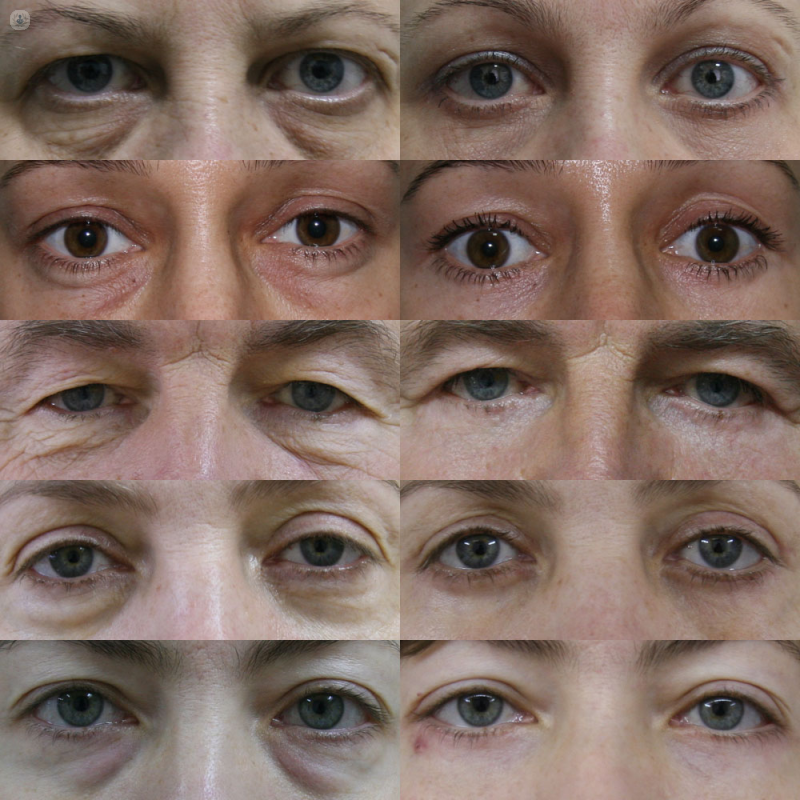
Why is blepharoplasty done?
As we get older, our skin loses its elasticity and the eyelids are no exception. As they stretch, creating excess skin, and the muscles that support them weaken, excess fat can start to collect above and below the eyelids, causing drooping eyebrows, upper eyelids and bags under the eyes.
If this excess fat and skin prevents your eyes from opening fully, it can interfere with your peripheral vision, meaning that blepharoplasty may be done to improve vision. However, most cases (particularly operations on the lower eyelids) are performed purely for cosmetic reasons, as the removal of bags and dark circles has the effect of rejuvenating the face.
What does blepharoplasty consist of?
There are two ways to perform this surgery:
External route: A small cut is made under the eyelashes, allowing the surgeon to remove excess skin, muscle and fat. It is then sealed by a very fine suture that facilitates skin tightening.
Internal route: A small incision is made in the inner part of the lower eyelid, through which fat is extracted. Some surgeons do not even use a suture to close the incision, since this tissue heals easily by itself. The eyes are protected by an orbital metallic strip, which is inserted after the patient is under anaesthesia (local or general, depending on whether the blepharoplasty is part of a longer procedure).
The duration of the surgery is usually between 30 minutes and one hour, depending on the number of eyelids that will be operated on.

Preparation for blepharoplasty
Before the blepharoplasty procedure, you will meet with an ophthalmologist and/or plastic surgeon, who will take your medical history and discuss your expectations with you. You will also have to undergo a physical examination, an eye test, and photos will be taken of your eye(s). Smokers will have to stop smoking several weeks before the operation.
Care after blepharoplasty
Once the surgery is completed, an ointment will be applied to the eyes to lubricate them and in some cases, a soft bandage.
Patients may experience blurred or double vision, excessive production of tears, hypersensitivity to light, discomfort or pain, and some swelling and bruising for a short while after a blepharoplasty.
Your doctor may suggest that you take steps such as sleeping with your head elevated higher than your chest for a few days and using cold compresses on your eyes in order to reduce inflammation and bruising.
You will be informed if you are required to apply eye drops to keep your eyes hydrated. Oedema and bruising will gradually diminish until it disappears completely and you will begin to look and feel much better.
11-13-2012 05-15-2023Blepharoplasty
Mr Simon Eccles - Plastic surgery
Created on: 11-13-2012
Updated on: 05-15-2023
Edited by: Carlota Pano
What is blepharoplasty?
Blepharoplasty, or dark circles surgery, is a plastic surgery operation aimed at correcting eyelid defects and deformities, or to aesthetically modify the region around the eyes. It often involves the removal of excess skin, muscle, and fat that accumulates around the eyes with age, causing sagging and the appearance of bags under the eyes.

Why is blepharoplasty done?
As we get older, our skin loses its elasticity and the eyelids are no exception. As they stretch, creating excess skin, and the muscles that support them weaken, excess fat can start to collect above and below the eyelids, causing drooping eyebrows, upper eyelids and bags under the eyes.
If this excess fat and skin prevents your eyes from opening fully, it can interfere with your peripheral vision, meaning that blepharoplasty may be done to improve vision. However, most cases (particularly operations on the lower eyelids) are performed purely for cosmetic reasons, as the removal of bags and dark circles has the effect of rejuvenating the face.
What does blepharoplasty consist of?
There are two ways to perform this surgery:
External route: A small cut is made under the eyelashes, allowing the surgeon to remove excess skin, muscle and fat. It is then sealed by a very fine suture that facilitates skin tightening.
Internal route: A small incision is made in the inner part of the lower eyelid, through which fat is extracted. Some surgeons do not even use a suture to close the incision, since this tissue heals easily by itself. The eyes are protected by an orbital metallic strip, which is inserted after the patient is under anaesthesia (local or general, depending on whether the blepharoplasty is part of a longer procedure).
The duration of the surgery is usually between 30 minutes and one hour, depending on the number of eyelids that will be operated on.

Preparation for blepharoplasty
Before the blepharoplasty procedure, you will meet with an ophthalmologist and/or plastic surgeon, who will take your medical history and discuss your expectations with you. You will also have to undergo a physical examination, an eye test, and photos will be taken of your eye(s). Smokers will have to stop smoking several weeks before the operation.
Care after blepharoplasty
Once the surgery is completed, an ointment will be applied to the eyes to lubricate them and in some cases, a soft bandage.
Patients may experience blurred or double vision, excessive production of tears, hypersensitivity to light, discomfort or pain, and some swelling and bruising for a short while after a blepharoplasty.
Your doctor may suggest that you take steps such as sleeping with your head elevated higher than your chest for a few days and using cold compresses on your eyes in order to reduce inflammation and bruising.
You will be informed if you are required to apply eye drops to keep your eyes hydrated. Oedema and bruising will gradually diminish until it disappears completely and you will begin to look and feel much better.
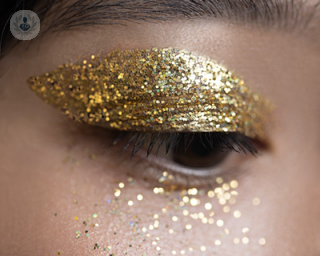

Refresh and rejuvenate: Effective treatment for swollen and puffy under eye bags
By Mr Daniel Ezra
2025-01-28
Puffy under eye bags or folds in the skin below the eye, also known as malar bags and festoons, can be effectively treated to help to correct the signs of ageing. Leading consultant ophthalmic and oculoplastic surgeon Mr Daniel Ezra gives an expert guide to the available treatment options in the illuminating article. See more
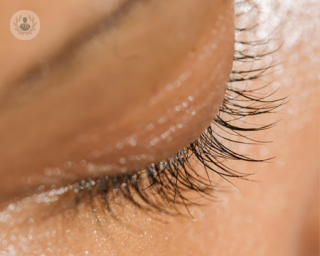

Blepharoplasties and their advantages
By Mr Suresh Sagili
2025-01-28
How can blepharoplasties improve the appearance of your eyelids? Leading consultant ophthalmologist and oculo-plastic surgeon Mr Suresh Sagili goes into expert detail in this comprehensive article. See more
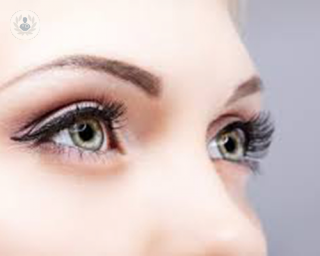

All you need to know about blepharoplasty
By Mr Simon Eccles
2025-01-28
Blepharoplasty is a popular procedure for removing fatty tissue from the upper and lower eyelids. Mr Simon Eccles, leading plastic surgeon talks you through the process from initial consultation to the final results. See more


Surgical vs. Non-surgical facial rejuvenation: what can they do for you?
By Mr Simon Eccles
2025-01-28
Expert consultant plastic surgeon, Mr Simon Eccles explains how you can achieve facial rejuvenation via the surgical or the non-surgical route, and talks through the different procedures available. See more
Experts in Blepharoplasty
-
Mr Jimmy Uddin
OphthalmologyExpert in:
- Thyroid eye disease
- Blepharoplasty
- Oculoplastics
- Watery eyes
- Chalazion
- Eyelid cancer
-
Mr Simon Eccles
Plastic surgeryExpert in:
- Facelift
- Facial reconstruction
- Children's plastic surgery
- Blepharoplasty
- Rhinoplasty (nose job)
- Body contouring
-
Dr Julian De Silva
Plastic surgeryExpert in:
- Blepharoplasty
- Oculo-facial plastic and cosmetic surgery
- Facelift
- Rhinoplasty (nose job)
- Dermal fillers
- Neck lift
-
Mr Jonathan Britto
Plastic surgeryExpert in:
- Blepharoplasty
- Facelift
- Facial paralysis
- Mid face lift
- Facial plastic surgery
- Rhinoplasty (nose job)
-
Mr Richard Scawn
OphthalmologyExpert in:
- Oculoplastics
- Blepharoplasty
- Ptosis (droopy eye)
- Watery eyes
- Chalazion
- Blepharitis
- See all

Private Care at Chelsea and Westminster Hospital
Private Care at Chelsea and Westminster Hospital
Chelsea and Westminster Hospital, 369 Fulham Rd.
No existe teléfono en el centro.
By using the telephone number provided by TOP DOCTORS, you automatically agree to let us use your phone number for statistical and commercial purposes. For further information, read our Privacy Policy
Top Doctors

OneWelbeck Surgery Centre
OneWelbeck Surgery Centre
1 Welbeck St, London, W1G 0AR
No existe teléfono en el centro.
By using the telephone number provided by TOP DOCTORS, you automatically agree to let us use your phone number for statistical and commercial purposes. For further information, read our Privacy Policy
Top Doctors

PHP (Private Health Professionals)
PHP (Private Health Professionals)
7 Seven Brethren Bank, Barnstaple, Devon, EX31 2AP, UK
No existe teléfono en el centro.
By using the telephone number provided by TOP DOCTORS, you automatically agree to let us use your phone number for statistical and commercial purposes. For further information, read our Privacy Policy
Top Doctors
-
Private Care at Chelsea and Westminster Hospital
Chelsea and Westminster Hospital, 369 Fulham Rd., Central LondonExpert in:
- General Surgery
- Dermatology
- Paediatric Dermatology
- Paediatrics
- Preventive paediatrics
- Adult and paediatric services
-
OneWelbeck Surgery Centre
1 Welbeck St, London, W1G 0AR, W1G Marylebone LondonExpert in:
- Bariatric Surgery
- Colorectal surgery
- Minimal access surgery (keyhole surgery)
- Gallbladder surgery
- General Surgery
- Maxillofacial Surgery
-
PHP (Private Health Professionals)
7 Seven Brethren Bank, Barnstaple, Devon, EX31 2AP, UK, ExeterExpert in:
- Orthopaedic surgery
- Surgical Dermatology
- Women’s health
- GP (general practitioner)
- Ophthalmology
- Health check up
- See all
- Most viewed diseases, medical tests, and treatments
- HHT (Hereditary Haemorrhagic Telangiectasia)
- Snoring
- Polysomnography (sleep study)
- Chronic headache
- Visual impairment
- Diabetic retinopathy
- Retina
- Presbyopia
- Nystagmus
- Myopia
